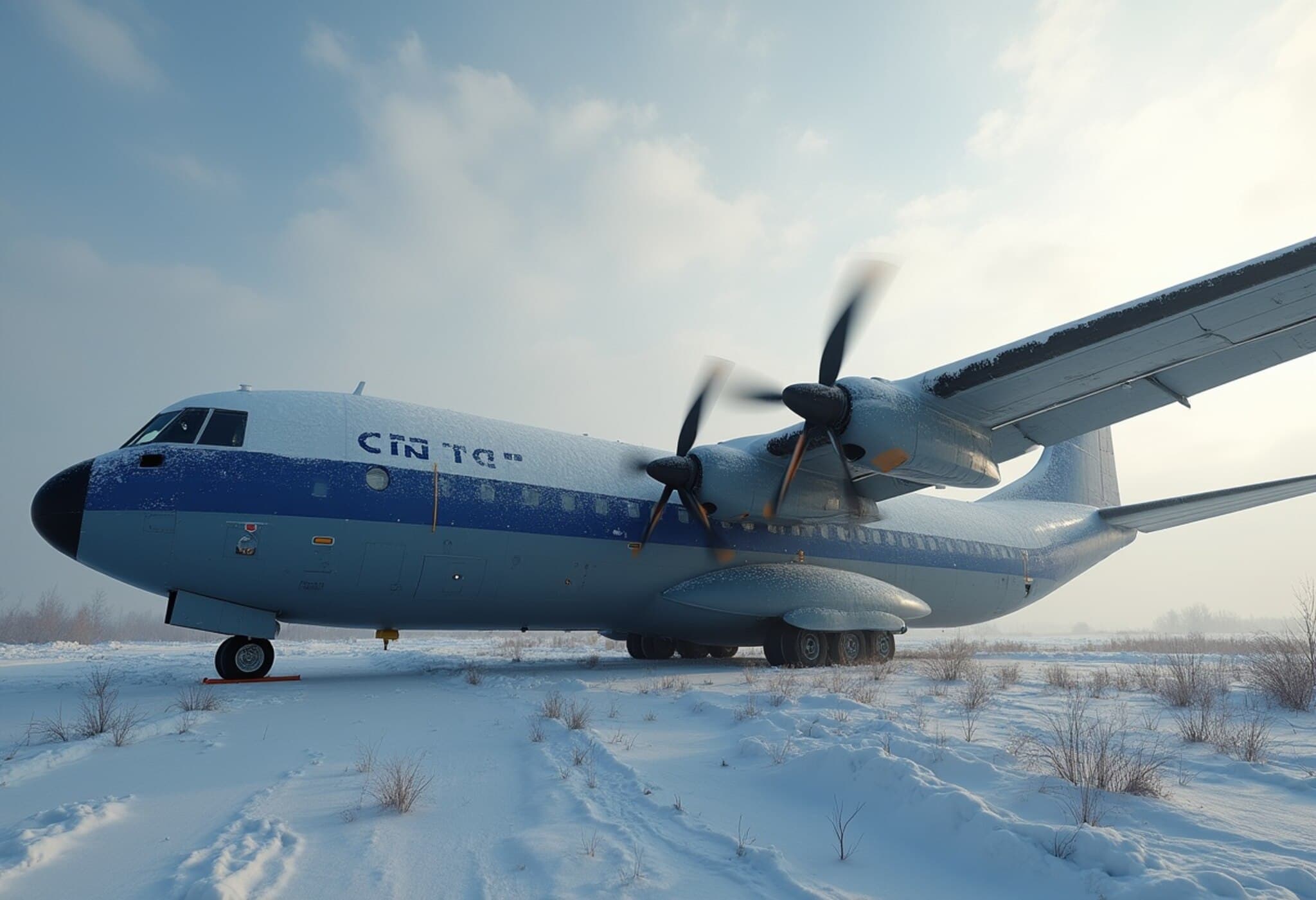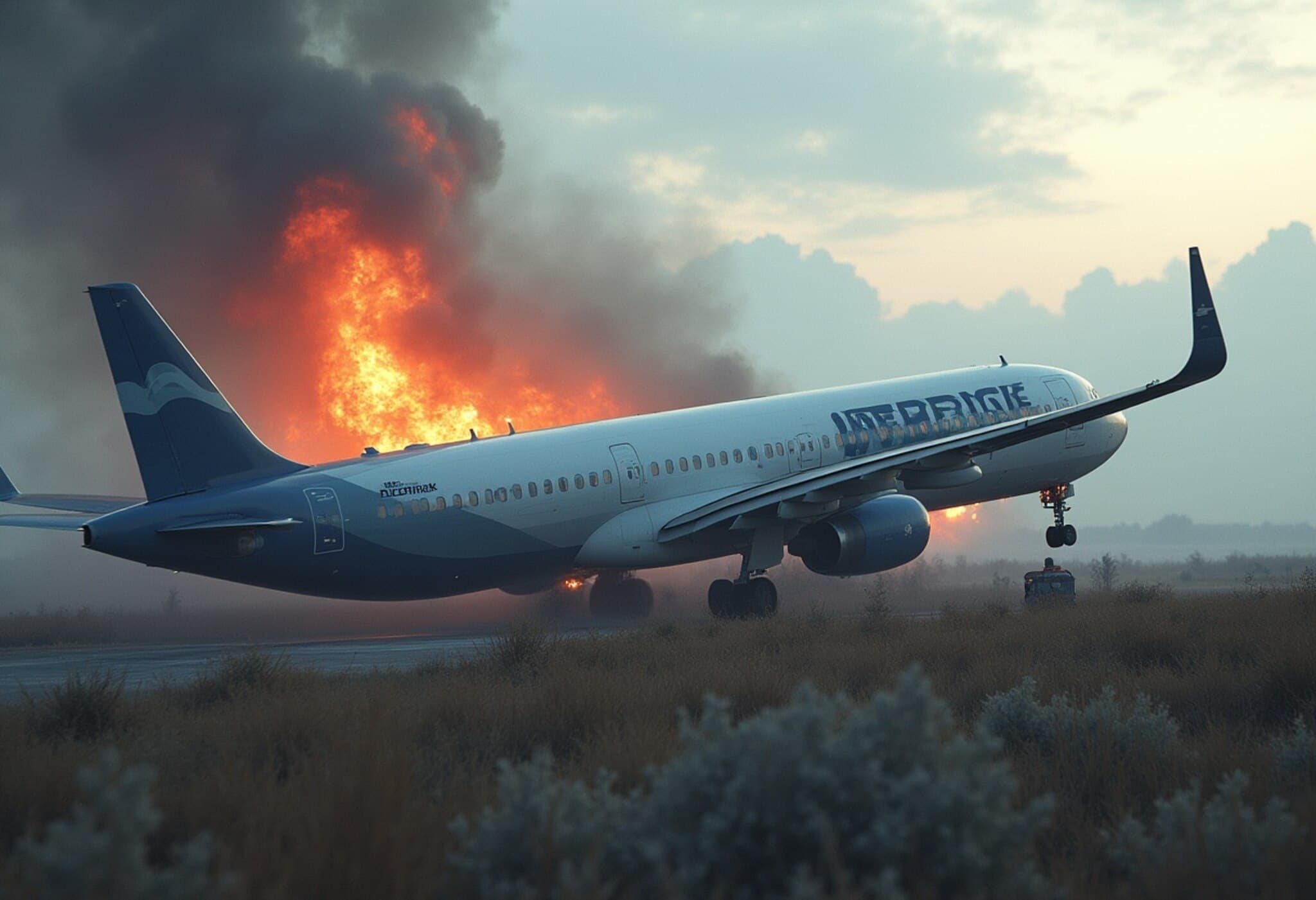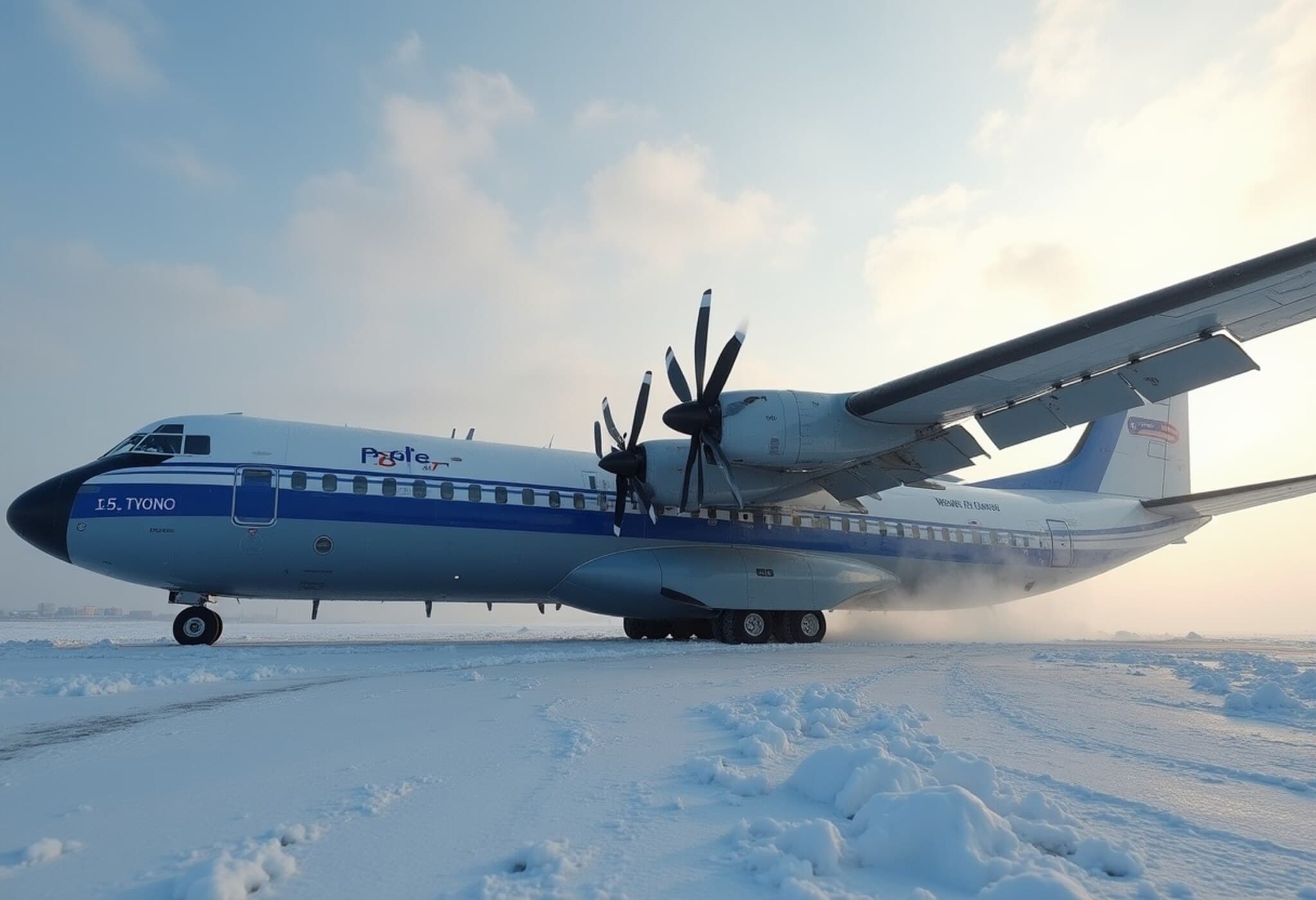Nearly 50 Feared Dead in Russian Far East Plane Crash
July 24, 2025 | Moscow – A devastating plane crash in Russia’s remote Far East region has left authorities grappling with the likelihood that all passengers and crew aboard have perished. The Antonov An-24 aircraft, nearly five decades old, went down Thursday while attempting to land near Tynda, a remote town in the Amur region near the Chinese border.
What Happened: The Crash and Immediate Aftermath
The aircraft was reported to be carrying approximately 49 people—including 43 passengers, five of whom were children, and six crew members—according to regional Governor Vasily Orlov. Official sources from the Ministry of Emergency Situations have cited a slightly lower number, roughly 40 individuals on board.
The plane lost contact with air traffic control while making its final approach to Tynda airport. Reports indicate the crew attempted a second landing approach, but radar contact was lost shortly thereafter.
A Mi-8 rescue helicopter later spotted the burning fuselage in a heavily forested hilly area some 15 kilometers from Tynda. Unverified videos circulating on Telegram and other social media platforms show dense woodland and scattered debris, underscoring the remote and difficult terrain rescue teams face.
Aircraft Background and Operational Context
The Antonov An-24, a workhorse of Soviet-era aviation, was manufactured in 1976 and operates routinely in parts of Russia where aging fleets remain in service due to harsh geography and logistical challenges. The plane was operated by Angara Airlines, a Siberian carrier familiar with short regional flights.
This tragic incident spotlights ongoing concerns about the maintenance of older aircraft still active in some Russian regions, particularly in remote, infrastructure-strained areas where weather and topography add layers of risk to air travel.
Search and Rescue Efforts and Investigation Launch
- Rescue teams are making concerted efforts to reach the crash site despite the difficult terrain and dense forest cover.
- The Russian transport prosecutor’s office has opened an official investigation into the causes surrounding the crash.
- Preliminary reports confirm the plane caught fire upon impact, severely compromising survivability.
Authorities face a complex task unraveling the cause: technical failure, pilot error, or possibly adverse weather conditions. The region frequently experiences challenging meteorological scenarios that complicate flight safety.
The Human Toll and Broader Implications
Beyond the statistics, this disaster reverberates deeply within the communities of Blagoveshchensk and Tynda, cutting across families and highlighting the vulnerability of air travel in Russia’s vast eastern expanses.
The crash raises vital questions about the safety protocols for aging aircraft fleets, the infrastructure supporting emergency responses in remote regions, and the urgent need for modernization investments.
Expert Insight: Aviation Safety and Regional Realities
Experts note that while the Antonov An-24 has a historically strong safety record, prolonged use without comprehensive upgrades poses increasing risks. In America and Europe, aging planes are often retired or subjected to stringent retrofits, underscoring a regulatory gap that may exist for regional Russian operators.
Policy analysts suggest that improving aviation safety in Russia’s Far East not only requires technical upgrades but also bolstering weather monitoring, pilot training tailored for difficult terrains, and expanding emergency services access.
Editor’s Note
This tragic accident underscores the profound challenges facing remote aviation sectors worldwide. As families await updates, it’s critical to analyze how aging fleets, regional infrastructure, and environmental factors intersect to impact flight safety. Going forward, transparency in the investigation will be essential to preventing similar calamities and protecting vulnerable communities relying on these lifelines.














